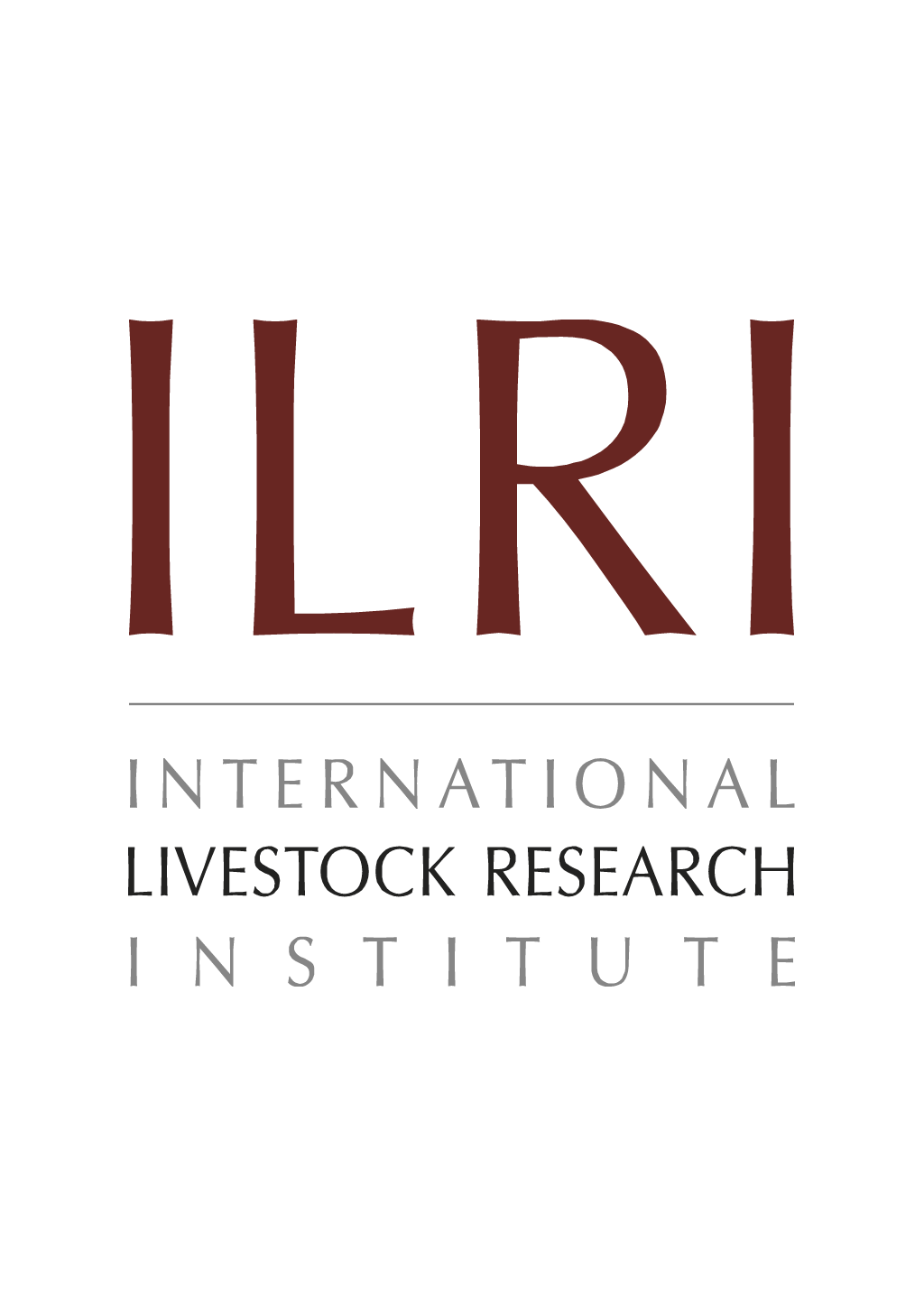
B-1-like cells exist in sheep. Characterization of their phenotype and behaviour
Abstract
Two populations of B lymphocytes. B-1 (CD5- and or CD1 lb-) and B-2 (CD5- and CD1 lb-) cells have been described. In mice, which is the species of reference for B-1 and B-2 cell studies, these two subsets present different developmental schemes, phenotypes, antibody repertoires, localization and behaviours. Interestingly, in sheep. B cells rearrange their immunoglobulin (Ig) loci around the neonatal period, similarly to murine B-1 cells. However, the phenotype of the sheep B cells has not been characterized with regard to their developmental pathway. In this report, we show that two sheep B-cell subsets can be distinguished on the basis of CD1 lb expression. Relative to CD1 lb- B cells, the CD1 lb- B cells frequently co-express CD5. CD1 lc, higher levels of surface IgM (sIgM), show larger cell size and higher cell-cycling activity, and thus present a B-1 like phenotype. However, unlike murine B-1 cells, sheep B-1 like cells mainly localize in blood, display a higher propensity to spontaneous apoptosis relative to B-2-like cells, and proliferate after sIgM stimulation. Our data show that despite neonatal immunoglobulin loci rearrangements, sheep B cells do not all express a B-1 like phenotype. However. B-1 and B-2 like cells co-exist and present phenotypic and behavioural specificities. Nevertheless, sheep B-1 and B-2 like cells differ from the murine B-1 and B-2 cells in their cell behabiour. These subsets can thus not be considered as true homologues among species.
Citation
Immunology;95(2): 178-184




